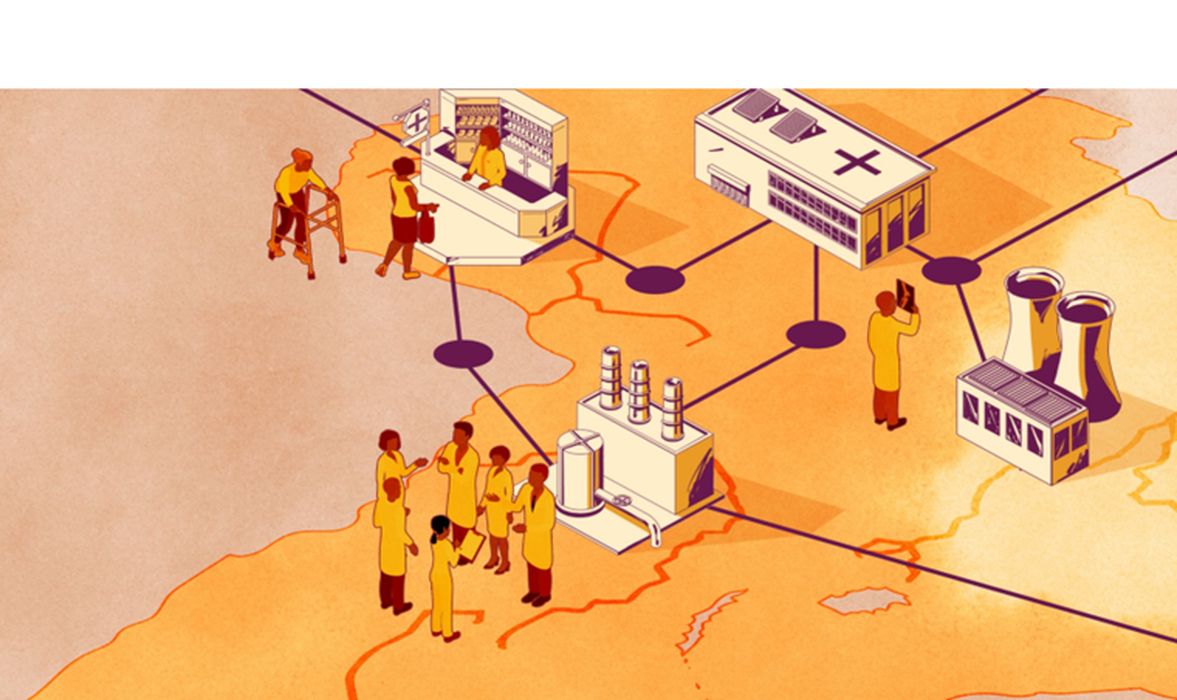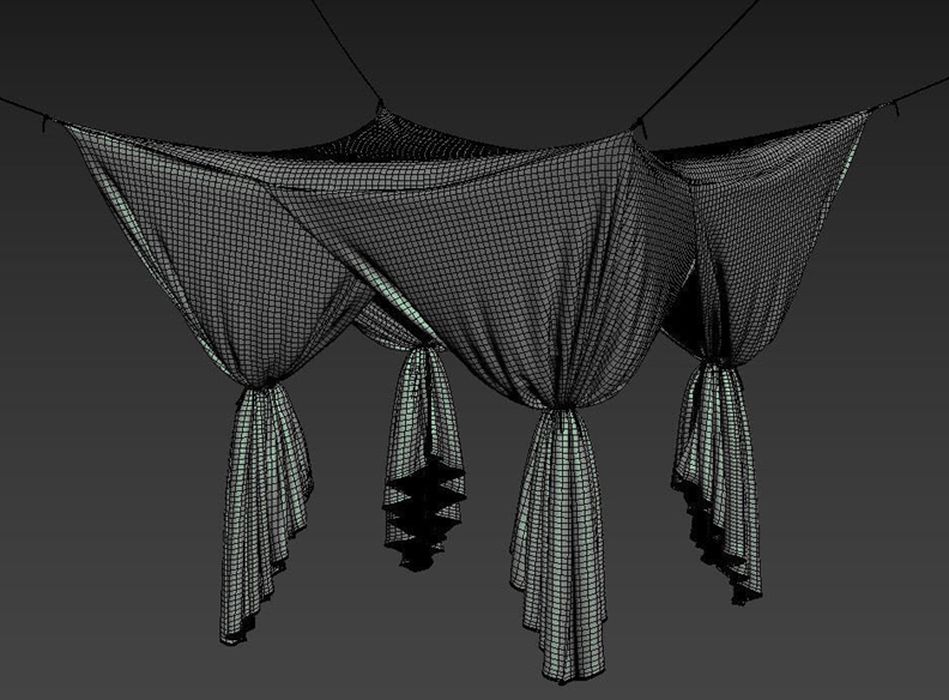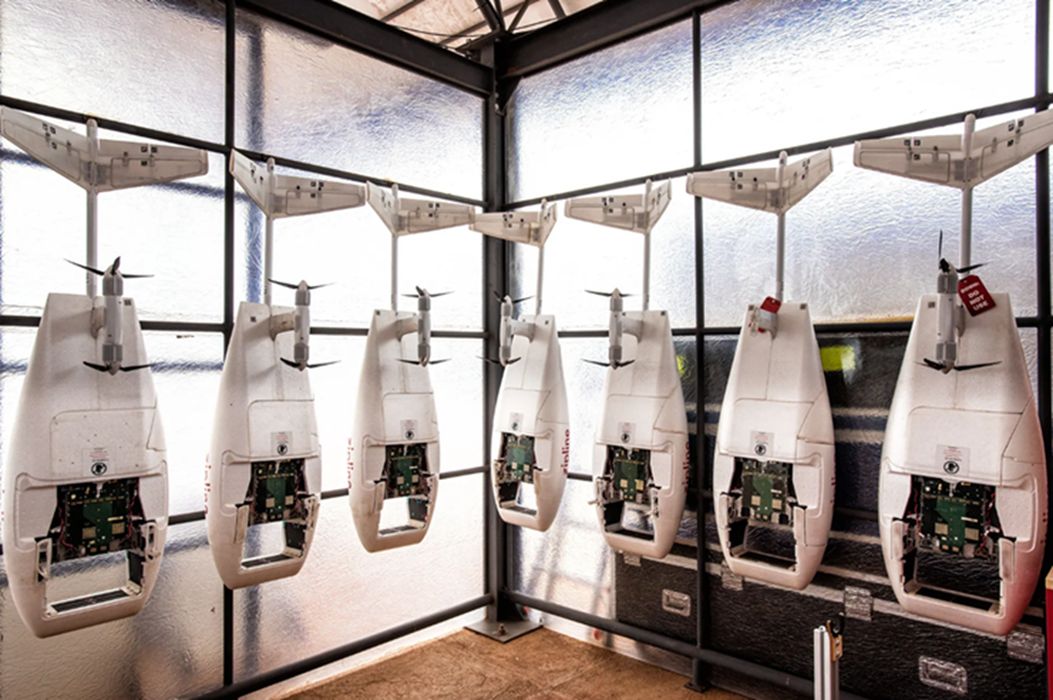
Charles Goulding and Mwansa Chabala look at the use of 3D printing in Africa’s healthcare industry.
The African continent is the second most populous continent with over 1.4 billion people; 60% of which live in rural areas. This translates to over half of the landmass population having limited access to healthcare due to factors such as distance, lack of transportation, healthcare workforce shortages and limited healthcare infrastructure.
Prescription For Progress: The State of Pharma in Africa
The pharmaceutical industry in Africa has experienced remarkable growth over the past years, with its value rising from US$5.5B in the early 2010s to US$28.56B in 2017. This trend is expected to continue, and it is predicted that the market will be worth an estimated US$70B in 2030. This growth is not only beneficial to multinationals and pharmaceutical companies seeking new sources of growth, but it also benefits patients who now have access to medicines previously unavailable on the continent. The factors driving this growth include rapid urbanization, a changing business environment, and the need for improved health infrastructure.

The most prevalent disease in Africa with the highest mortality rate is malaria; the region accounts for 96% of global deaths, with 234 million cases recorded in 2021. Another widespread disease is HIV/AIDS; in 2020, the region represented 66% of the global AIDS-related deaths. Other widespread diseases in the region include tuberculosis, cholera, and other communicable diseases. In the wake of the COVID-19 pandemic, an urgent need for an uplift in the health sector was highlighted. It provoked innovations aimed at tackling several underlying challenges that hindered much-desired progress on the continent. As technologies emerge across the continent, they can propel Africa into a new era of technological advancement, allowing the continent to bypass traditional models of development and adopt newer, more advanced technologies directly.
Additive Manufacturing Takes a Shot at Malaria
Zambia, located in Southern Africa, is one of the countries most affected by malaria, with an estimated 5.5 million cases reported in 2019. The disease remains a leading cause of morbidity and mortality in the country, particularly in rural areas where access to healthcare and diagnostic tools is limited. To address this challenge, the Macha Research Trust (MRT) based at the Macha Mission Hospital in Choma District, is at the forefront of the fight against malaria. Zambian researchers have partnered with Vanderbilt University in Tennessee to develop a 3D printed diagnostic kit that enables faster detection and diagnosis of malaria. With additive manufacturing, isolated areas like Macha and other remote regions in Zambia can manufacture their own testing tools, which is a game-changer for early detection and prevention of the disease.

Additionally, the 3D printer is also being used to manufacture mosquito nets, which are the most common method of malaria prevention. This innovative approach has the potential to significantly reduce the spread of malaria in Zambia, particularly in remote areas that have limited access to traditional manufacturing and distribution channels. Overall, by leveraging technology to combat malaria, Zambia is taking a significant step towards improving the health and well-being of its people and providing a blueprint for other African countries to follow in the fight against this deadly disease.
A Bird? A Plane? My Medication!
Inadequate infrastructure and logistical challenges have made it difficult to deliver essential health services and supplies to those in need. However, drones are proving to be a game-changer in overcoming these barriers. Rural areas benefit the most from drone technology as it improves access to medical supplies and services.
One of the key areas where drone technology is being used is in the delivery of vaccines and other medical supplies to remote areas. For example, in Rwanda, the government has partnered with Zipline, a US-based drone company, to deliver blood products and other medical supplies to health centers in remote areas. The drones can fly close to 100 miles (160km) on one charge, each with a carrying capacity of over 3lb (1.5kg), thus overcoming the poor road infrastructure and delivering the supplies quickly and efficiently, reducing the risk of stockouts and improving patient outcomes. One such record trip was a 20min trip to a health facility that would have otherwise been a 4hr drive.
Drones are also being used to improve disease surveillance and response. In countries such as Malawi and Ghana, drones equipped with cameras and sensors are being used to monitor disease outbreaks, track the movement of disease vectors such as mosquitoes, and collect data on environmental factors that contribute to the spread of diseases such as malaria. This data can be used to inform public health interventions and improve the targeting of resources to areas where they are most needed.

Organizations such as the African Union Development Agency New Partnership for Africa’s Development and the African Institute for Mathematical Sciences (AIMS) play a big role in facilitating technological advancement and development across the continent. They create and foster innovation hubs, provide funding and train and develop local talent through mathematical science education, entrepreneurship, and technology. By doing so, they continue to advocate for the adoption of emerging technologies and facilitate collaborative research and innovation.
The Research and Development Tax Credit
The now permanent Research and Development (R&D) Tax Credit is available for companies developing new or improved products, processes and/or software.
3D printing can help boost a company’s R&D Tax Credits. Wages for technical employees creating, testing and revising 3D printed prototypes can be included as a percentage of eligible time spent for the R&D Tax Credit. Similarly, when used as a method of improving a process, time spent integrating 3D printing hardware and software counts as an eligible activity. Lastly, when used for modeling and preproduction, the costs of filaments consumed during the development process may also be recovered.
Whether it is used for creating and testing prototypes or for final production, 3D printing is a great indicator that R&D Credit eligible activities are taking place. Companies implementing this technology at any point should consider taking advantage of R&D Tax Credits.
Conclusion
Healthcare in Africa, especially in rural areas, has many challenges. However, technology is beginning to offer solutions to some of these challenges. Drone technology and additive manufacturing are helping to improve access to medical care and ensure that essential medicines and medical supplies reach rural communities. With the progress being made in 3D technology, medical artificial intelligence, and the pharmaceutical industry, there is hope that healthcare outcomes in Africa will continue to improve, and the healthcare deficit in rural areas will be gradually curbed.
